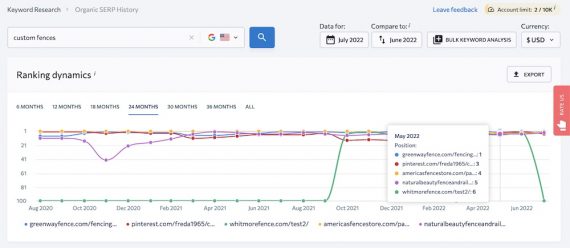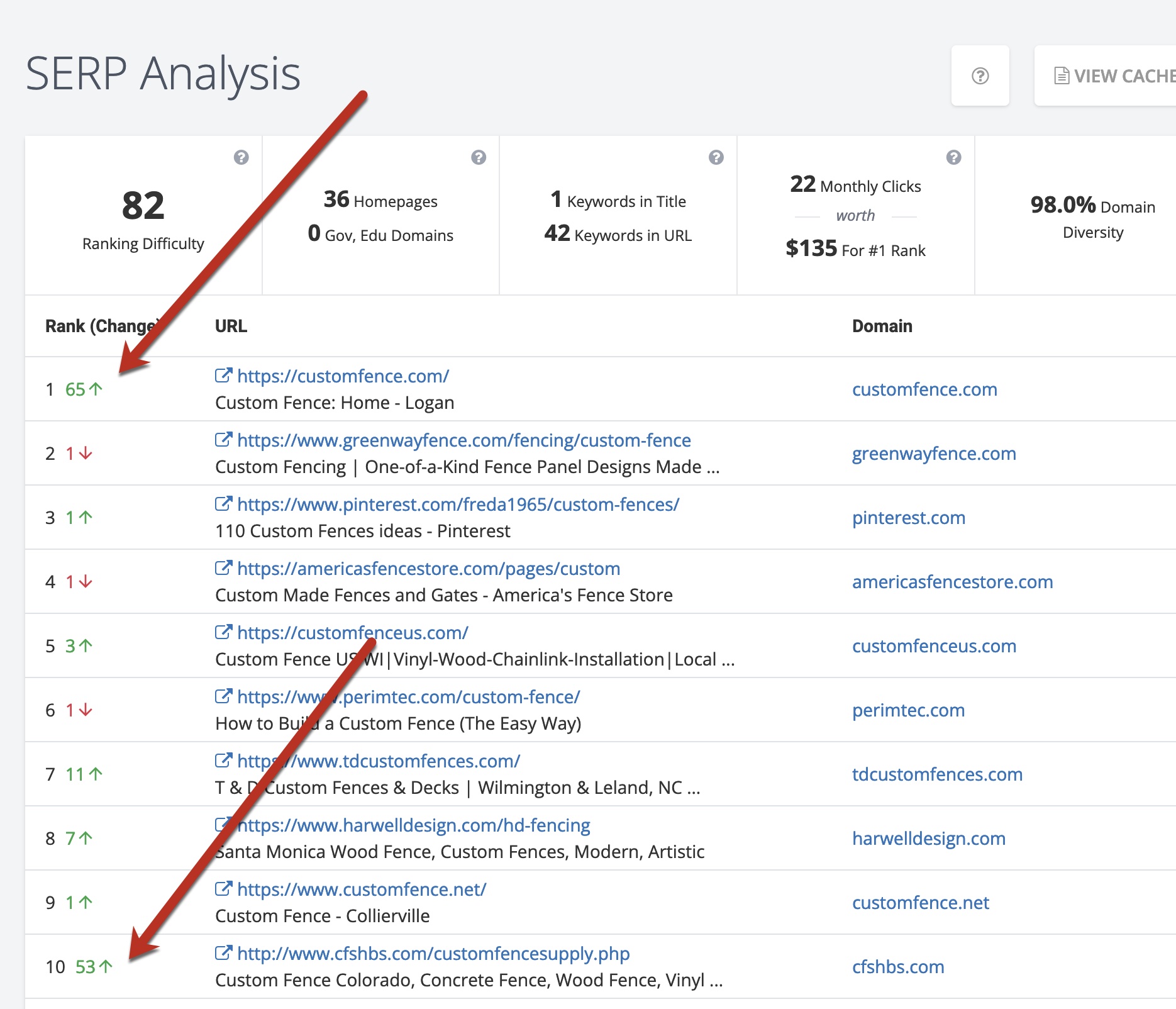SEO: Keyword Research for a New Site
[ad_1]
A longtime web site has many choices to broaden key phrase lists and establish natural search alternatives.
However what if a web site is new? How can it establish key phrases with out knowledge? Actually the proprietor would perceive the area of interest and the plain search queries for a associated product or drawback.
Then what? Listed here are 3 ways to slender a key phrase checklist with out inside knowledge.
Key phrase Techniques for a New Web site
Determine key phrases with little competitors. A brand new web site has no area authority and credibility. Rating for “quick tail” key phrases with a lot competitors is close to unimaginable.
As a substitute, deal with little-used phrases, these with low keyword difficulty scores. Assemble intuitive key phrase lists and filter for “least troublesome” to rank on web page certainly one of search outcomes. Tools similar to Semrush, Ahrefs, and SE Rankings provide these filtering options. Think about using greater than a type of instruments, as every has distinctive strategies for measuring “problem.”
Analysis key phrases of one other new web site in your area of interest. Mining competitors’ key phrase knowledge is one other solution to establish natural search alternatives.
The secret’s to keep away from established websites and analyze a distinct segment competitor that launched a 12 months or two in the past. A brand new web site can’t compete with, say, Amazon. Trying it will produce extremely cluttered lists given the varied rankings.
Nevertheless, a more moderen web site climbing search engine rankings would seemingly present a slew of key phrase classes.
SE Ranking, the search engine optimization platform, presents a useful characteristic to identify a more moderen competitor that just lately achieved a web page 1 rating in Google for a given question. To entry, go to “Key phrase Analysis”> “Rating dynamics”> “View detailed report.”
The result’s a graph of URLs within the prime 10 outcomes for a given question and timeframe — from 6 to 36 months or “All,” which shows the software’s complete historic dataset for the key phrase. Experiment with timeframes till you see a web page that entered the highest 10 seemingly out of nowhere.
In my expertise, the software has sparse knowledge for long-tail, much less well-liked queries. But it surely has an in depth historical past for high-volume key phrases, exhibiting fluctuations in rankings.

SE Rating presents a useful characteristic to identify web page one rankings in Google for a given question. To entry, go to “Key phrase Analysis”> “Rating dynamics”> “View detailed report.” Click on picture to enlarge.
SpyFu, one other software, has a useful search-result monitoring characteristic flagging URLs that gained or misplaced positions over a specified timeframe for a given key phrase. It’s a useful solution to establish rankings for newer websites (or another web site). Clicking any area will produce primary stats, similar to its prime key phrases, estimated Google site visitors over a 12 months (to trace will increase or decreases in clicks), prime pages, and promoting key phrases (which mirror the positioning’s natural priorities).

SpyFu reveals URLs that gained or misplaced positions over a specified timeframe for a given key phrase. Click on picture to enlarge.
Google Search. I at all times search on every key phrase earlier than including it to an search engine optimization plan. Google’s search-result pages provide many clues as to how consumers look for a services or products and the chance of showing on web page 1.
For instance, some focused queries might have sturdy native intent, producing maps on the prime of search outcomes. Some can have leisure associations, producing pictures and movies all through the outcomes.
Control these and different search components that may present clues on whether or not to focus on that question.
[ad_2]
Source link

